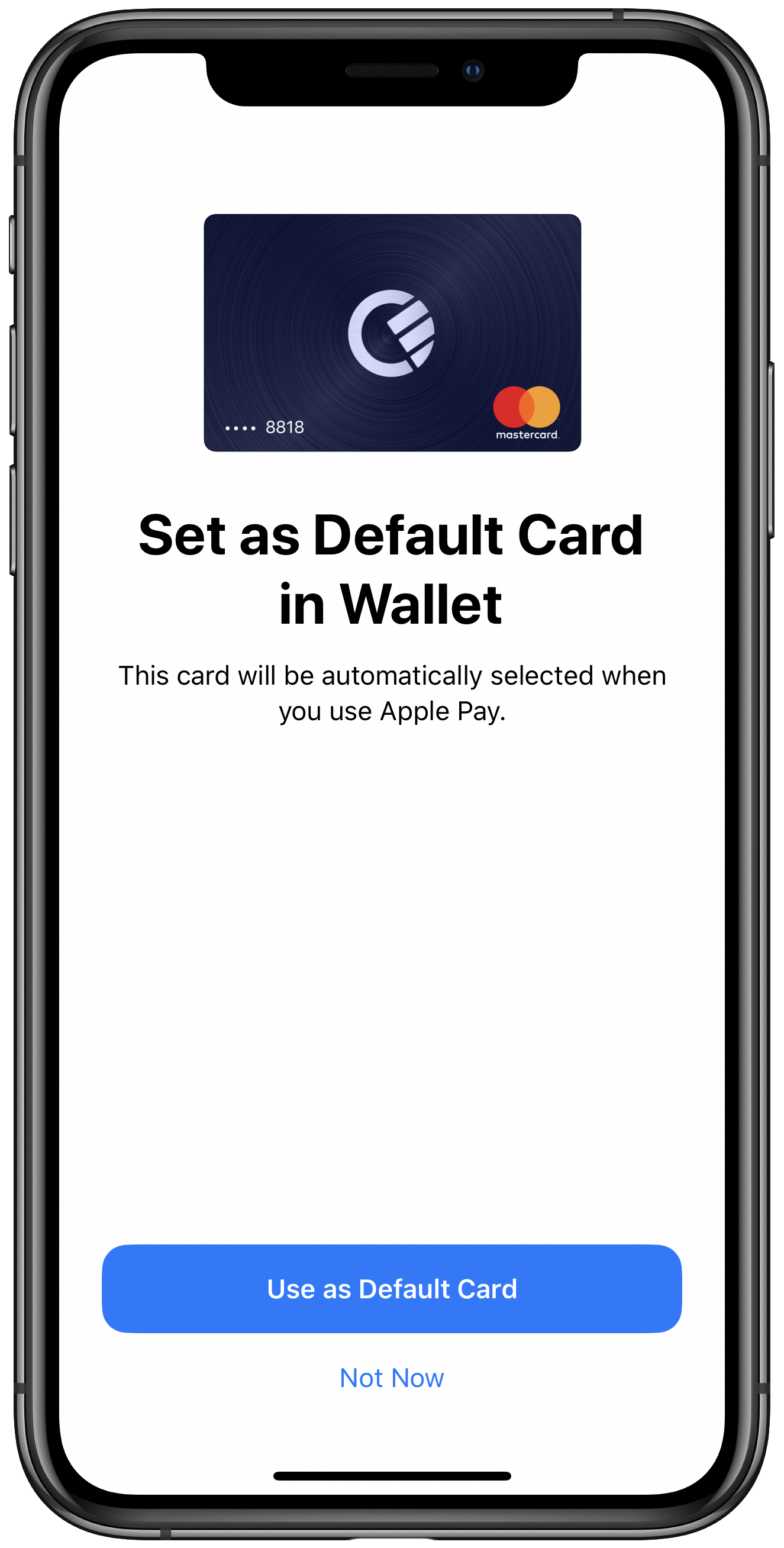Digital doesn’t replace cash; it replaces card - the app is now your product.
A current account (or checking account in the US) is often defined as a financial product that allows for frequent deposits and withdrawals without notice. Commonly used as a destination for people’s salary and committed payments, current accounts are the backbone of most people’s financial lives. The card has long been the main interface for the current account and the most tangible link between the customer and their bank.
Banks and building societies have typically used current accounts for two main reasons:
- To drive cross-selling to higher margin products, like mortgages.
- To access cheap funding through deposits in the account itself or linked savings accounts.
The UK in particular has seen an explosion in the number of current accounts available, across both personal and business lines. And many more are still expected to launch in the near future. Since 2014, the UK has seen at least seven new licensed banks that have launched with current account offerings.
These new entrants battle with the incumbents for the very same customers with near identical account functionality. Innovation is partially limited by the interoperability that is required in order for an account to be adopted by customers. Each account must come with a sort code and account number to easily allow for funds in and out. A debit card is also table stakes for online and offline purchasing.
To the customer, the product has historically been seen as the card or, further back in history, the passbook customers used to keep track of their balance by visiting a branch. The card represents a user’s available balance and would be used daily, reinforcing their bank’s brand in the customer’s mind.
As the physical card continues to become digitised through mobile wallets, the physical card becomes almost insignificant in a user’s life. The act of spending becomes associated with the mobile device; offline purchases through the use of tap to pay and online purchases through direct access to the mobile wallet. In turn, the bank’s customer relationship is mediate by the mobile device manufacturer.
For me, my current account is a digital wallet that manifests itself through any purchase journey I choose.
Where previously the card or passbook was the physical representation of a customer’s relationship with their bank, now the customer uses whichever card is set as the default in their mobile wallet. The reduction in friction results in a reduction in mindshare, and the default position is the only way to remain relevant.
As a response to this new dynamic, I believe banks should rethink what it means to offer a current account. No longer is the card the product. The product is the mobile money management app and its integration with the mobile operating system.
Companies should deploy payment capabilities everywhere they possibly can; the aim of the game is to be the default in as many places as possible. In fact, the most important screen for any product manager in a bank or fintech is currently owned by Apple and Google.

Companies like Curve (and even Citymapper) are using classic low-end disruption to provide customers with a good enough service. By doing so, they can unseat the incumbents, who have over-served or misunderstood customer needs for years, and make a claim for the default payment position.
As the relationship between customer and bank is intermediated and plastic is replaced by bits, banks will face further commoditisation. Early or exclusive distribution through channels like Apple / Google Pay could provide a short term advantage; this needs to be quickly extended into ongoing engagement through an app-based relationship. Every new card added to the customer’s digital wallet is an opportunity to be dislodged as the default payment mechanism.
Failure to do so could threaten the large amount of easy access savings accounts linked to customers’ main current account - those very same accounts that provide banks with large, inert balances at a low cost of funding. Likewise, a weaker tie between customer and bank may result in declining cross-sales to other products. These two exact points lie at the heart of many traditional banking models. As a result, there is a need to rethink the core product and a return to product bundling as banks try to cross-subsidise and sustain their model.